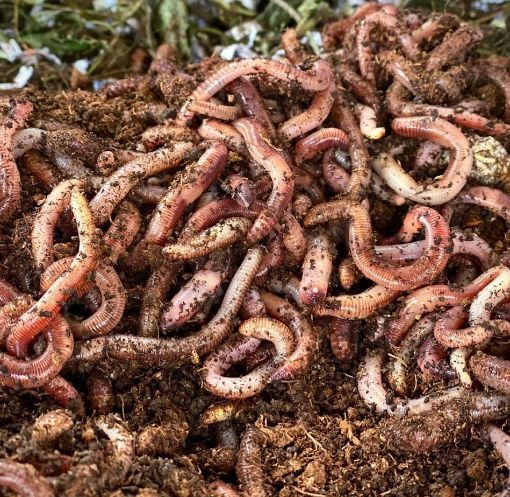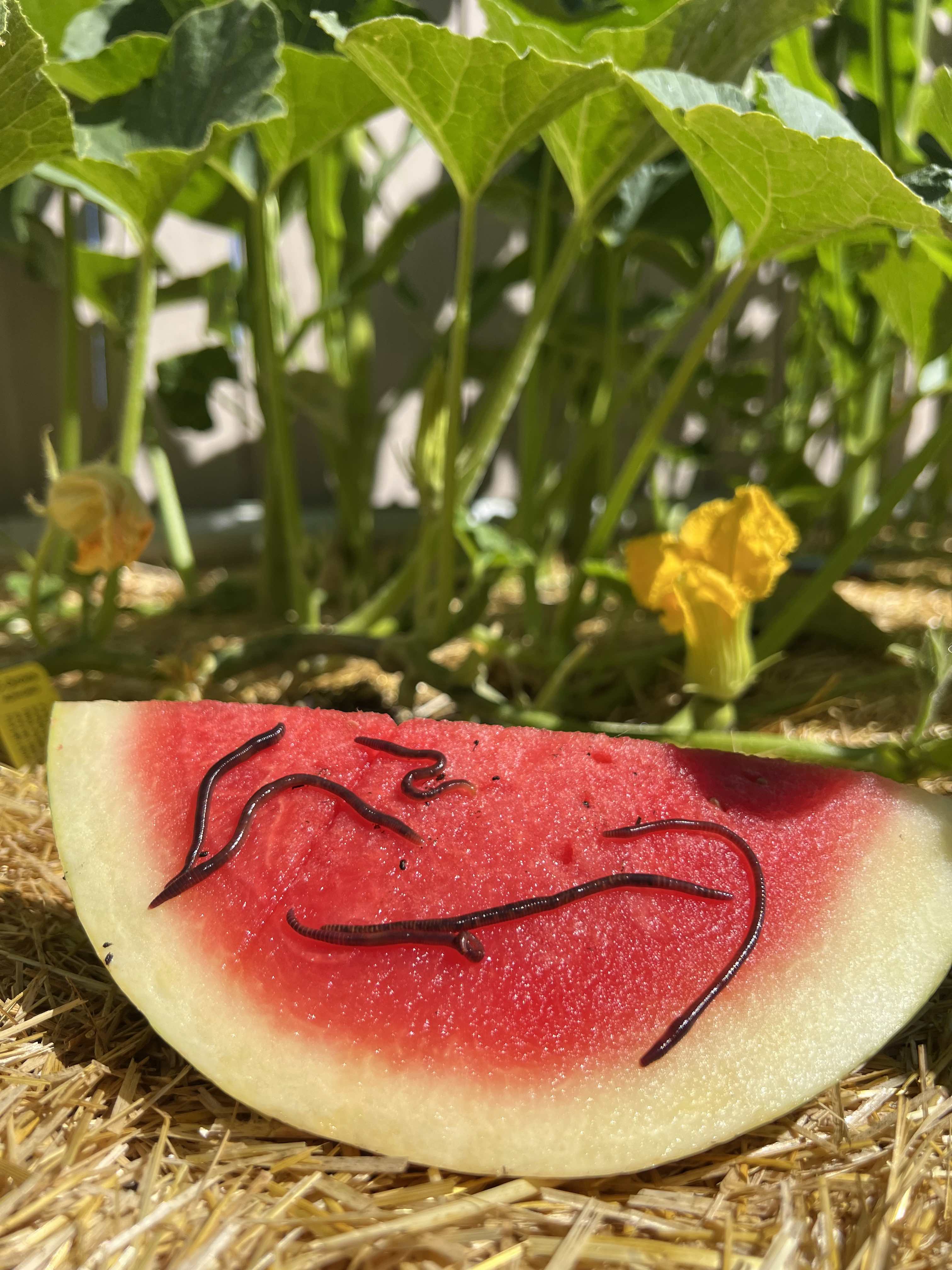The Ultimate Guide To Red Wiggler Express
An Unbiased View of Red Wiggler Express
Table of ContentsSome Of Red Wiggler ExpressRed Wiggler Express for DummiesThe Definitive Guide for Red Wiggler ExpressTop Guidelines Of Red Wiggler Express
Vermicomposting absolutely isn't a new practice. We've been doing it below at Uncle Jim's for years. With the international press for sustainability and with environment-friendly techniques expanding in appeal, people are lastly coming about and acknowledging the ecological advantages of red wiggler worms and composting. In this short article, we'll discuss how vermicomposting supports lasting horticulture and the ecological advantages of red wigglers and other earthworms.
This is the brief of it. If you wish to read extensive concerning red wiggles, we have a whole write-up dedicated to them here. Currently, let's get involved in the fundamentals of just how these worms sustain sustainable horticulture techniques and benefit the atmosphere: Worm composting is like a health facility day for your soil.
When incorporated right into your yard soil, these castings improve its structure, aeration, and water retention. This aids with plant development and health and wellness and does not call for the use of any kind of chemicals. Did you understand that organic waste makes up a considerable section of land fill material? And disintegrating organic waste in landfills develops big amounts of landfill gas (LFG), which is made up of around 50% CO2 and 50% methane a greenhouse gas approximately 28 even more powerful than CO2.
By diverting your kitchen scraps and yard waste into a worm composting container, you're efficiently reducing the quantity of natural waste that ends up in land fills. Forget concerning chemical fertilizers worm spreadings are the actual deal.
Not known Facts About Red Wiggler Express

Mix the nutrient-rich worm spreadings right into your yard soil or utilize them as a top clothing for potted plants. In a world where sustainability is coming to be significantly critical, red wigglers radiate as unsung heroes of horticulture.
Composting may seem like old news, but doing it with a bin complete of worms possibly doesn't. Red wiggler worms provide wonderful benefits to the organic gardener, creating both an all-natural plant food and a reliable chemical.
Worm castings may be bought at shops such as SBS in Winery Place or Vineyard Gardens in West Tisbury, but to raise the worms in a garden compost bed and harvest your own castings is a lot extra enjoyable. The job of these worms is a component of sustainable living. Red wigglers are native to steed manure, where they delve to lay eggs.
Red Wiggler Express Fundamentals Explained
(https://www.40billion.com/profile/1027929884)They can not make a great deal of it." He covers the container with straw, after that an item of old carpet. "They like the heat," he states. Lynn discusses the manufacturing of spreadings and two usages: as a fertilizer and as a chemical. "They digest decaying matter. It goes through them and adds calcium to make this abundant planet," she says.
"We call it gold tea," says Lynn. "I did it to see if it would certainly make a difference on white flies and aphids. My rosemary had a mold and mildew or fungus. After I splashed, promptly it looked much better." The red wiggler is a prodigious breeder, laying eggs as often as when a week.
It takes three to 5 months for a child worm to reach sexual maturation and the adult length of 3 inches. Their lifetime is 4 to 5 years unless obviously they are utilized for bait. As freshwater fish bait, wigglers wriggle on the hook and survive undersea longer than standard earthworms.

The Red Wiggler Express Statements

A number of years ago the Stelle family relocated right into an Edgartown fixer-upper farm. "I wanted to get involved in farming with things that didn't require to be often tended to daily like a cow. We were presented to worm farming and started with 50,000 worms. That seems like a lot, yet they're really small." She originally bought her worms online from a worm farm in Vermont.
As one of the Epigeic course of compost worms, the usually does not show up in dirts. The worm is red or reddish-brown in shade and has a smooth, cylindrical form.
A red wiggler worm can mature to 4 inches in length yet is typically just regarding 2 and a half inches. The worm has a tiny mouth located at the front of its head. It additionally has small bristles, called setae, which help the worm step and anchor itself to surfaces.
